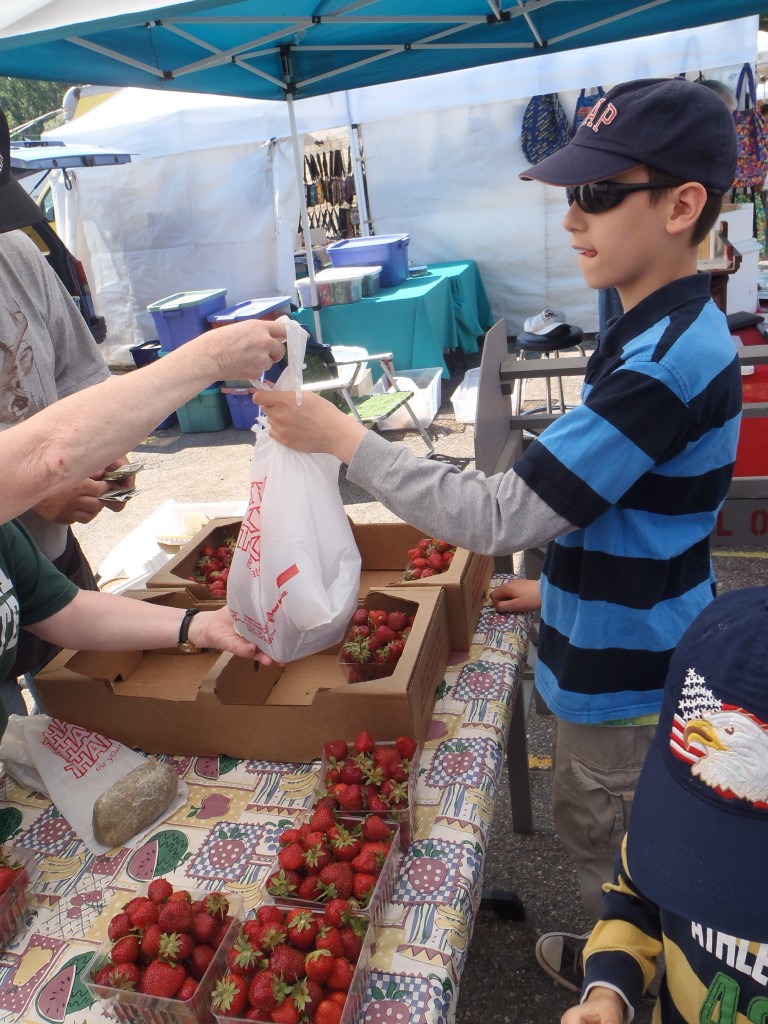
Resources
6 Ideas To Make Errands Doable For Your Child With Special Needs
It’s a catch-22: do you leave your child with special needs safe at home, or do you take him or her with you on errands? If your child stays home, then valuable opportunities to learn life skills are being missed. Shopping trips, to-do lists and chores around town can provide much-needed practice for inclusion, social-adaptive skills and emotional regulation. If your child joins you on errands, then there is a risk of a public meltdown, running into traffic, eating unsafe items and more nightmarish scenarios. Is it really worth the distress it could cause your child or you?Learn to Adapt
Every person has unique needs. For some individuals, going to school and therapy can be so overwhelming that any other outings are not productive. Others may seek as much stimulation as possible and thrive on all types of expeditions. I’ve found that my son’s tolerance for errands fluctuates day-to-day, as it does for most people. Over the years, I’ve helped him learn how to adapt to both planned and spontaneous excursions. He’s learned how to:- Wait in line like a champ at theme parks and the DMV
- Select and pay for groceries, then load them in the car
- Ask for help at the library
- Mail a package at the post office
- Make deposits and withdrawals at the bank
- Read a voting ballot and decide how to vote

1. Scout out the location
I’m always open to suggestions for new places that are sensory-friendly. I try to visit the location before taking my son there to find out how comfortable it will be for him. I figure out where it’s safest to park my car and decide how to break up the trip into steps that my son can understand. I also find features that will be attractive to him, such as elevators or free food samples.2. Make a social story
A simple social story or a photo story goes a long way in preparing a child for something new. Here are a list of apps and software to help you write your own social stories.3. Choose one errand to start with
For years, I shopped at a small grocery store because I knew I could buy a week’s worth of groceries there in less than 20 minutes. It’s tempting to string along several errands on one trip, but that is usually the fast track to a major meltdown. Choose one place that you frequent often and allow the child to develop experience and expertise there before trying other places. A sense of competence will help prevent future public meltdowns.4. Ask for help
Don’t be shy about approaching the store manager for assistance. The manager wants regular customers to keep coming back. One grocery store earned my permanent loyalty when the manager actually stood by the exit, knowing that my son would run away as soon as I let go of his hand to pay my bill. He kept my son safe and he had an employee help me cross the parking lot and load my car. Many stores allow customers to call ahead and order items, and the order is ready for pick-up on the same day. This is a great way to keep the trip short while providing the opportunity to learn how to make a payment and interact with store staff.5. Quit while you’re ahead
I learned that it’s better to cut off an outing while it’s still going well rather than wait until it becomes distressing. By keeping the first few visits short, my son had something to look forward to on subsequent visits. Anticipation and shared excitement are emotional skills that contribute significantly to adaptability.6. Expand on skills over time
There’s a new lesson to be learned on every errand, every time. It may take years to work on tolerance of sensory input and management of sensory-related meltdowns, but it can be done with appropriate sensory tools. When the experience becomes comfortable, it is possible to increase awareness on many levels:- Identifying categories
- Identifying personal or household needs
- Learning about nutritional content of food
- Learning about budgets
- Social interactions with store employees



